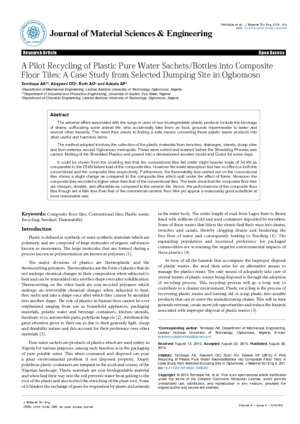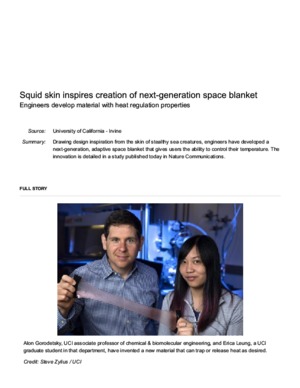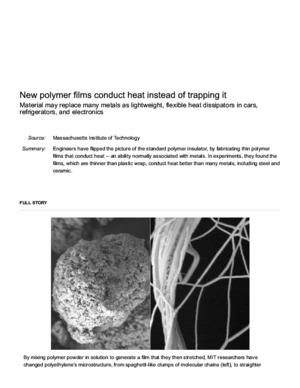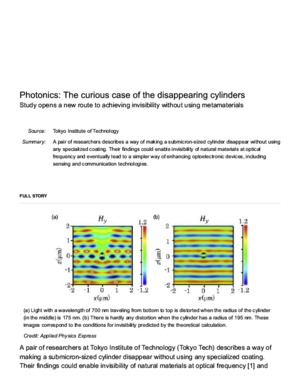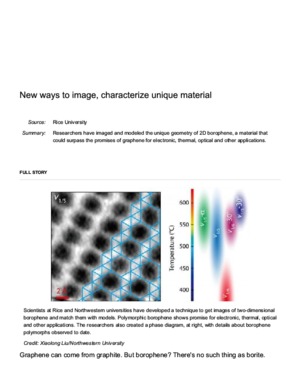- Suggested keywords :
- disease(3)
- biological(1)
- expression(1)
- Global(6)
- Financial(13)
List of Categories and SubCategories
Change Your Picture

Metal‐coordinated Epoxy Polymers With Suppressed Combustibility. Preparation Technology, Thermal Degradation, And Combustibility Test Of New Epoxy‐amine Polymers Containing The Curing Agent With Chela
Borys Mykhalichko
VIEWS
258
INFO
more

- Category : Materials Engineering
- Size : 483625
- By : Borys Mykhalichko

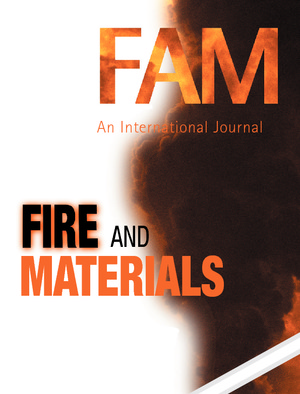

Using Your Google Account
Google Login/Sign up
OR
Recover Your Password
Abstract
The diethylenetriamine chelate complex of copper(II) carbonate—DETA‐CuCO3 (a fire retardant
hardener of epoxy resins)—and the CuCO3‐containing epoxy‐amine polymers—DGEBA/DETACuCO3(6), DGEBA/DETA‐CuCO3(12), DGEBA/DETA‐CuCO3(40), and DGEBA/DETA‐CuCO3(80) with suppressed combustibility—have been obtained in the DETA‐DGEBA‐CuCO3 system (DETA and DGEBA are diethylenetriamine and bisphenol A diglycidyl ether, respectively). The DETACuCO3 chelate complex was characterized by X‐ray powder diffraction, infrared spectra, and thermal analysis. The thermal gravimetric analysis results have revealed that thermal destruction of DETA‐CuCO3 was finished at 400°С, and the maximal temperature of the combustion gases amounted to 520°С. The thermal behavior and combustibility of the CuCO3‐containing epoxyamine polymers were studied using thermal analysis and “Ceramic tube” (CT) method. Thermal gravimetric analysis confirms that incorporation of the DETA‐CuCO3 into DGEBA appreciably heightens the thermal stability and antiflammability of the CuCO3‐containing epoxy‐amine polymers. Results of CT measurement reveal that maximal temperature of the combustion gases under burning of the DGEBA/DETA‐CuCO3(12) sample in comparison with unmodified epoxyamine polymer (DGEBA/DETA) is lowered on 219°С and the loss of weight is decreased on 20.5 wt%. According to ASTM 635‐14, ASTM D2863‐13, and ASTM D1929‐16, the flame propagation rate, limiting oxygen index, and temperatures of ignition and self‐ignition have been measured for the elaborated polymer samples.
Recommended Papers

